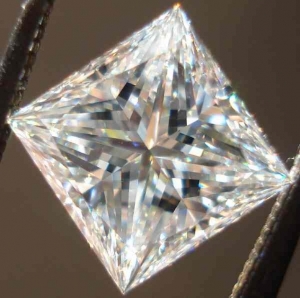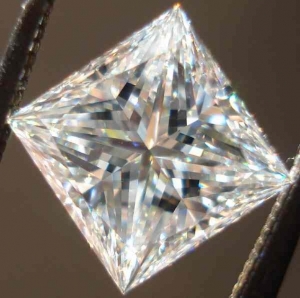Re: Quantifying Performance Nuances beyond ASET, H&A Photos,
The proposed initial study from Serg is worthwhile.
Just to briefly step back to the original intent of the thread, I think the most glaring question is simply whether differences are even seen between super ideals and regular ags 0 ideals with the same C's and proportions.
The proposed initial study from Serg is worthwhile.
Just to briefly step back to the original intent of the thread, I think the most glaring question is simply whether differences are even seen between super ideals and regular ags 0 ideals with the same C's and proportions.





300x240.png)